SHANGRALA'S
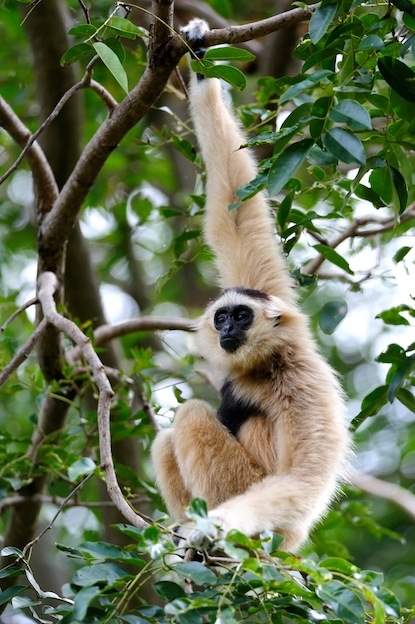
Endangered
Primates!

It's sad to think that numerous primate species around the world are on the
slippery slope toward extinction, but there are some people out there doing
fantastic work in order to ensure that the unthinkable doesn't actually
happen. Hieu Nguyen (aka Nick) works at
a Rescue Center For Endangered Primates,
and he wished to share photos of the adorable babies he's helping to raise.
It's time to meet these cheeky monkeys. Enjoy! :)
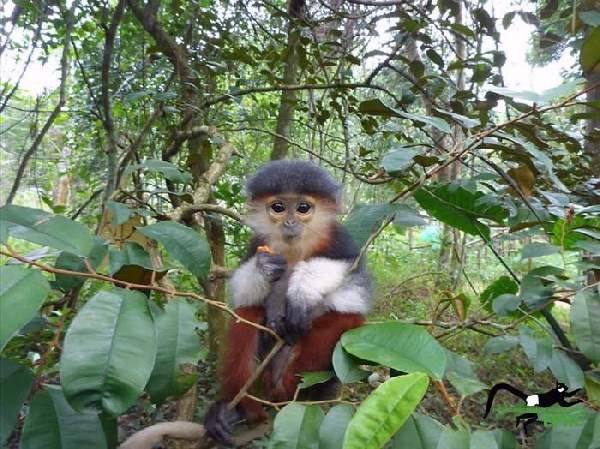
This is Beni, he's a red-shanked douc lagur. He was rescued after his family members fell victim to poaching. He's safe and happy at the rescue center. 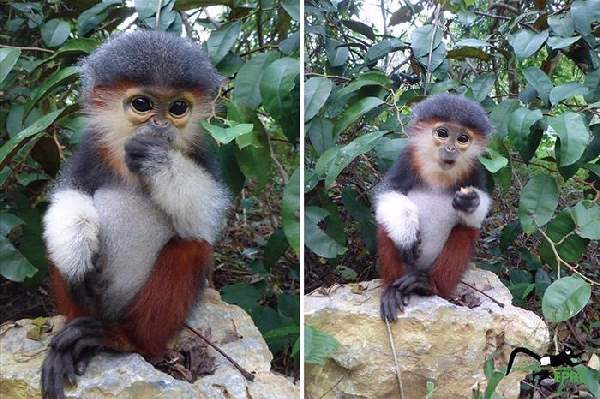
It took Beni a while to begin to trust his keepers, but now he loves them dearly. 
This Delacour's langur is endemic to Vietnam and is critically endangered. It's estimated that there are less than 250 of them left in the world. 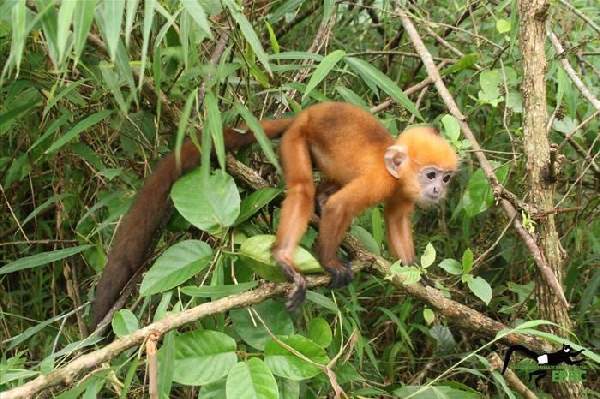
They are born orange, however their fur turns black with a white patch on the rump when they reach maturity. In fact, the Vietnamese call them "White-shorts langur". 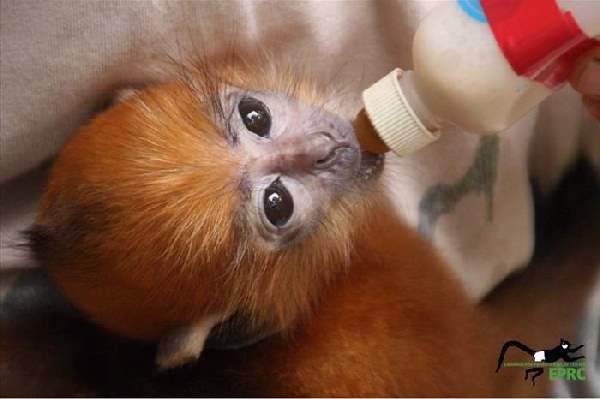
They drink milk when they're small, however they eat a diet consisting mainly of leaves when they become adults. 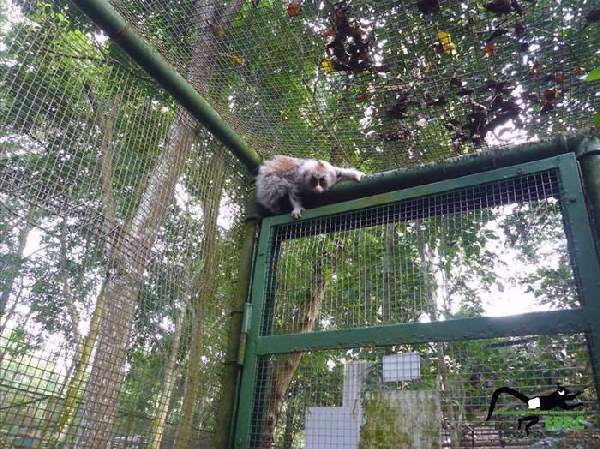
The slow loris is a wild primate endemic to southeast Asia. There are many people that keep them as pets, but this isn't a good idea - they're very much wild animals. In addition, they also happen to be the only poisonous primates in the world. 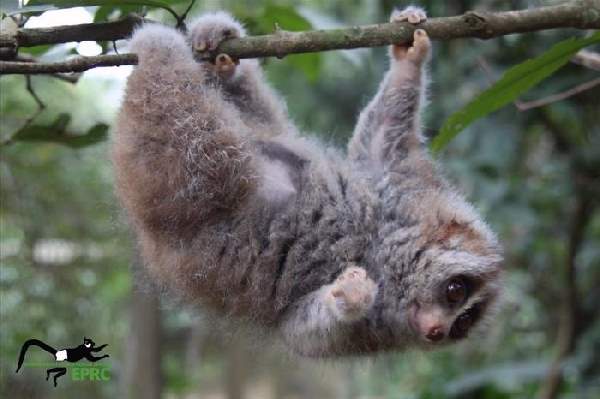
The species' status is currently "vulnerable", however ongoing conservation efforts could mean improvement in the near future. By the way, this little cutie is called Tristan. 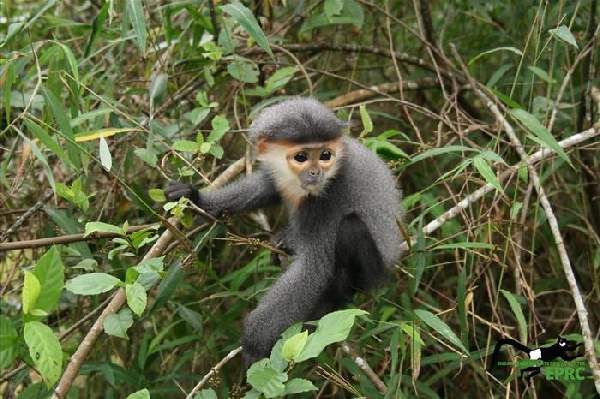
Little Omo is a grey-shanked douc langur, which means he's part of a species that's on the list of the world's most endangered primates. 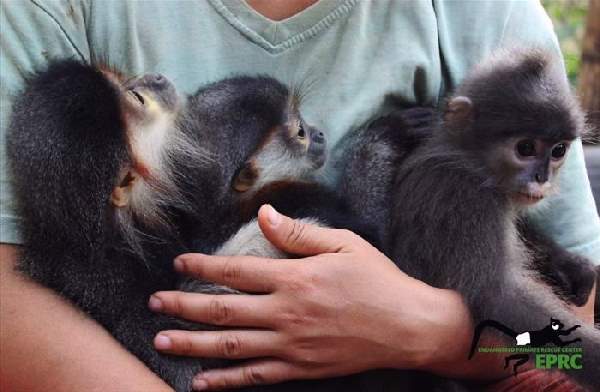
He and the other babies live in the rescue center's kindergarten, and they're said to love nothing more than cuddling with their keeper. 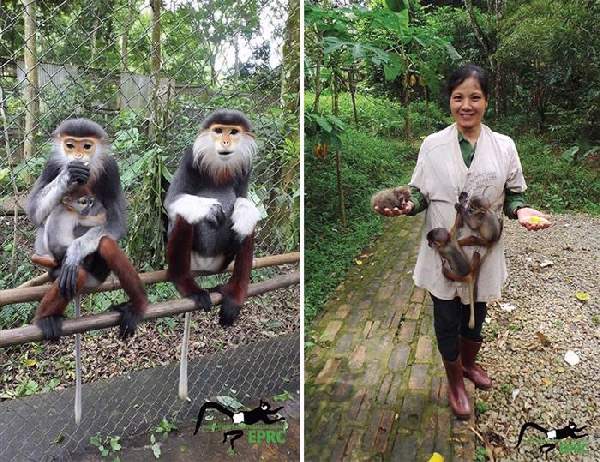
Above left are two adults, one with a baby in its arms, and above right are three babies with their keeper. 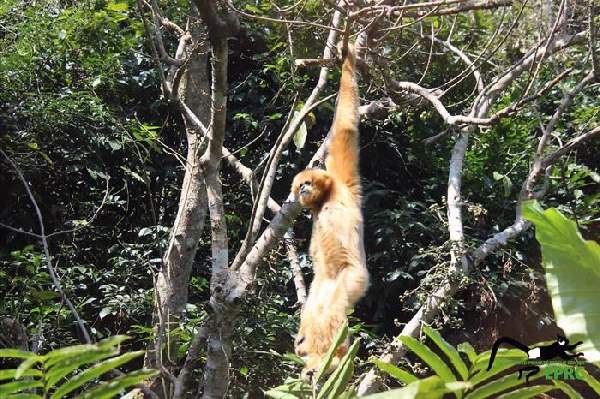
This beautiful adult primate is a gibbon. They are critically endangered. The Gibbon is medium in size and they are the fastest of all mammals that live in trees. They have a body that is designed for speed and movement. They can be various shades of brown from light to dark. They can also have body parts that are white or black. They have wrist with a ball and socket joint. This allows for the entire hand to completely rotate! Meet Robyn and Vilson, the two White Cheeked Gibbons at Wellington Zoo. You may have heard them - they sing a duet every single morning! Thanks to the stellar work of people at this rescue center, along with the work of many others, these beautiful creatures have a fighting chance. Let's hope for the best and that they'll still be around for future generations to enjoy. |

^BACK To TOP^
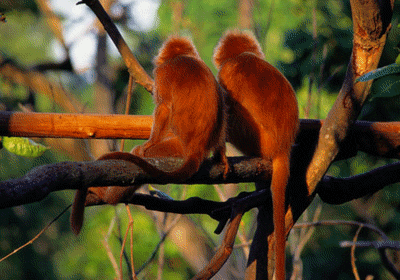
For those of you who Want More FUN - Visit The Shangy Fun List! Variety is the
spice of life! The Shangy Fun List is an ezine packed full of Poems, Inspirational and
Heart Warming Stories. Jokes from G to slightly R, and Anything else that just
might make you SMILE! Join In The Free FUN!! ... :)
Yes! Click Here To GO TO THE ARCHIVES!-
Like This Page?
If you are looking for more, here are some good places to start:

Slow Loris!-
Eagle Rescue!-
Bear Rescue 3!-
Best Playmate!-
Adopted Chimp!-
Finger Monkeys!-
Beautiful Wolves!-
Rescued Squirrel!-
Elephant Rescue 4!-
Dangerous Critters!-
Breeze And Buttons!-
Suryria And Roscoe!-
Orang-Utan Hospital!-
Beautiful Exotic Birds 2!-
Animal Family Portraits!-
Cute Australian Wildlife!-
Longleat's Monkey Shines!-
Australian Penguins Rescued!-
Friends: Lion, Tiger, And Bear!-
Animated A-Z Images!-


 -To SHANGRALA-
-To SHANGRALA-
Special THANKS Goes To LOUISE AUSTIN For Sharing This With Us.
Copyright © 1996 Netscape Communications Corporation. Mozilla is
a trademark of Netscape Communications Corporation.
Note: This is an Unofficial God, Jesus Christ, Family, & Cartoon Fan Site.
© All graphics representing Disney characters are copyrighted by Disney.
Likewise all other graphics & music Copyright © by their own Individual Artists.
I do not own any graphics on this site. If you do, please notify me and I'll give
you proper credit, a link, or remove it immediately according to your wishes.
~*~ Copyright © 1997-2016 Elrhea M. Bigham ~*~